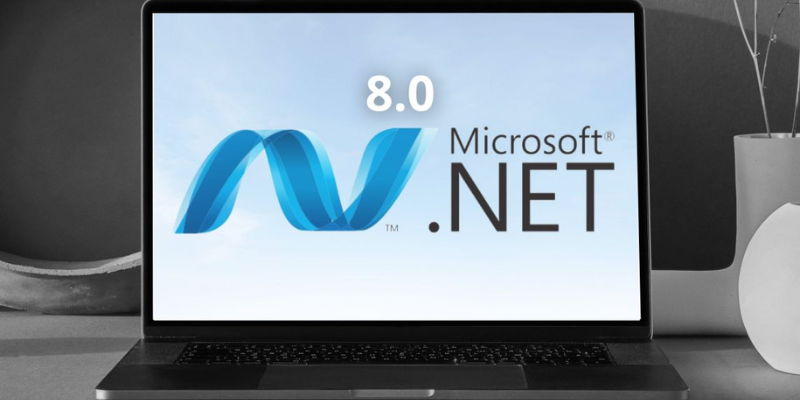
Garbage collection is an essential part of memory management in programming languages such as C# and .NET languages. Understanding how garbage collection functions in .NET is crucial for developers who want to maximize memory use and assure application speed. In this blog, we’ll explore the intricacies of garbage collection in .NET, including its mechanisms, advantages, and best practices. For developers who want to improve their understanding of .NET and its memory management mechanism and its memory management system, Dot Net Training in Trivandrum at FITA Academy can provide extensive training with our expertise.
What is a Garbage Collection?
Garbage collection is the technology used by the .NET runtime to automatically manage memory allocation and deallocation. Instead of manually allocating and freeing memory, developers rely on the garbage collector to identify and reclaim memory that is no longer in use. This automated approach helps prevent memory leaks and reduces the likelihood of memory-related bugs in .NET applications. It ensures the efficient functioning of .NET software by maintaining optimal memory usage.
Mechanisms of Garbage Collection
The .NET garbage collector uses a generational approach to manage memory in .net development. It splits the managed heap into three generations: Generation 0, Generation 1, and Generation 2. Objects are initially allocated in Generation 0. As they survive waste collection cycles, they are promoted to future generations. The garbage collector uses different algorithms, such as mark and sweep, to identify and reclaim unused objects, optimizing memory usage and application performance. Enrolling in a Dot Net Course in Hyderabad can enhance your skills in Dot Net development.
The Advantages of Garbage Collection in .NET
Garbage collection offers several advantages for .NET developers:
- Automatic Memory Management: Developers do not have to manually allocate and remove memory, which reduces the chance of memory leaks and bugs.
- Improved Performance: Garbage collection runs in the background, optimizing memory usage without impacting application performance.
- Simplified Memory Management: Developers can focus on writing code without worrying about memory management, leading to faster development cycles and fewer bugs.
- Dynamic Memory Allocation: .NET applications can dynamically allocate memory as needed, adapting to changing runtime conditions and resource demands. Embarking on . Net Coaching in Cochin is an excellent way to begin learning about Dynamic Memory Allocation.
Best Practices for Garbage Collection
While garbage collection in .NET enables automatic memory management, developers can increase speed by adopting some best practices:
- Minimize Object Creation: Reduce unnecessary object allocations to minimize the workload on the garbage collector.
- Dispose of Resources: Implement the IDisposable interface to release unmanaged resources explicitly and avoid resource leaks.
- Use Generational Garbage Collection: Take advantage of the generational garbage collection approach by designing applications with short-lived objects in Generation 0.
- Monitor Memory Usage: Use performance monitoring tools to analyze memory usage and identify potential bottlenecks or memory leaks.
- Optimize Large Object Heap (LOH): Be mindful of large objects that are allocated on the LOH, as they may impact garbage collection performance. Consider alternative strategies for managing large object allocations.
Garbage collection plays a crucial role in memory management for .NET applications. By understanding how garbage collection works and following best practices, developers can optimize memory usage, improve application performance, and build more robust and reliable .NET applications. Embracing the automated memory management capabilities of the .NET runtime empowers developers to focus on writing high-quality code and delivering value to end-users using .NET technology. To gain deeper insights into advanced Dot Net concepts, consider enrolling in Dot Net Training in Coimbatore. This training can also provide practical experience working on current live projects in Dot Net.
Als0 Read: Dot Net Interview Questions
